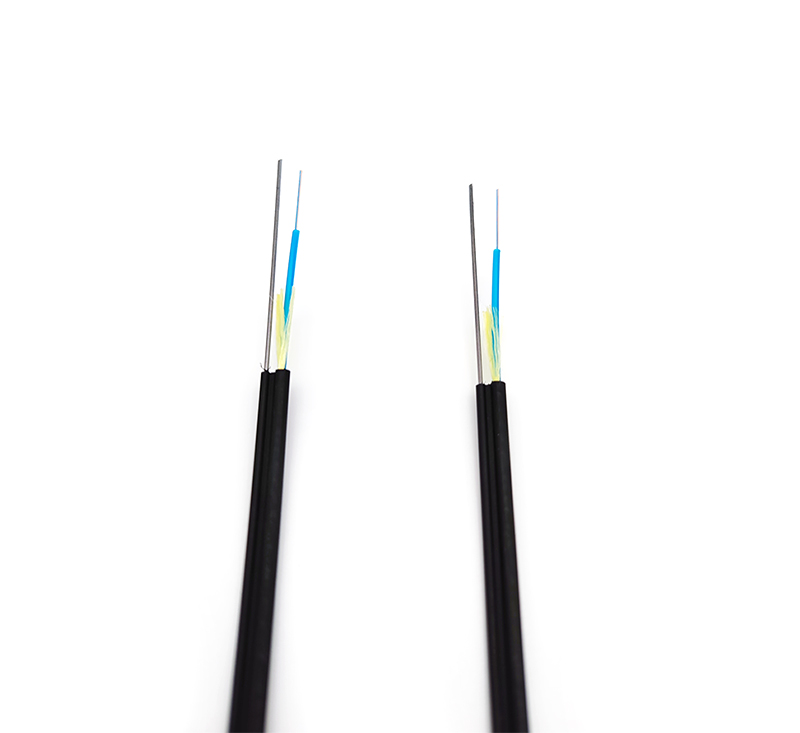The current carrying capacity of the wire is related to the cross section of the wire, as well as the material, type, laying method and ambient temperature of the wire. There are many influencing factors and the calculation is more complicated. The ampacity of various wires can usually be found in the manual. However, by using the formula and some simple mental arithmetic, it can be calculated directly without looking up the table.
1. Formula of the relationship between the ampacity and the cross section of the aluminum core insulated wire

10 down five, 100 up two,
25, 35, four, three realms
70, 95, two and a half times.
20% or 10% off for pipe penetration and temperature.
Add half the bare wire.
Copper wire upgrade count.
The formula does not directly indicate the ampacity (ampere) of various sections, but is expressed by multiplying the section by a certain multiple.
For this reason, the nominal cross-section (square millimeters) of commonly used conductors in my country are arranged as follows:
1, 1.5, 2.5, 4, 6, 10, 16, 25, 35, 50, 70, 95, 120, 150, 185…)
(1) The first sentence of the formula points out that the current carrying capacity (ampere) of the aluminum core insulated wire can be calculated according to the multiple of the section.
The Arabic numerals in the formula indicate the cross section of the wire (square millimeters), and the Chinese numerals indicate the multiple. Arrange the relationship between the cross-section and the multiple of the formula as follows:
1~10 16, 2535, 50 70, 95120 or more
five times four times three times two and a half times two times
Now it is clearer to compare it with the formula. The formula "10 under five" means that the cross-section is below 10, and the current carrying capacity is five times the value of the cross-section. "100 on 2" (read 100 on 2) means that the current carrying capacity of the section above 100 is twice the value of the section. Sections 25 and 35 are the boundaries of quadruple and triple. This is the formula "25, 35, four and three worlds". The sections 70 and 95 are 2.5 times larger. It can be seen from the above arrangement that except for below 10 and above 100, the cross section of the conductor in the middle is a multiple of the same type of each two specifications.
For example, the calculation of the current carrying capacity of the aluminum core insulated wire when the ambient temperature is not greater than 25 °C:
When the section is 6 square millimeters, the current carrying capacity is calculated to be 30 A;
When the cross section is 150 square millimeters, the current carrying capacity is calculated to be 300 A;
When the cross section is 70 square millimeters, the current carrying capacity is calculated to be 175 A;
It can also be seen from the above arrangement that the multiple decreases with the increase of the cross section, and the error is slightly larger at the junction of the multiple transformation. For example, the sections 25 and 35 are the boundary between four times and three times, and 25 belongs to the range of four times. It is 100 amps according to the formula, but 97 amps according to the manual; while 35 is the opposite, according to the formula, it is 105 amps, but The lookup table is 117 amps. However, this has little effect on usage. Of course, if you can "know it in your chest", when choosing the cross section of the wire, the 25 will not make it full to 100 amps, and the 35 can be slightly more than 105 amps to be more accurate. Similarly, the position of the 2.5 square millimeter wire is five times the starting end, which is actually more than five times (the maximum can reach more than 20 amps). However, in order to reduce the power loss in the wire, the current is usually not so large. 12 amps.










